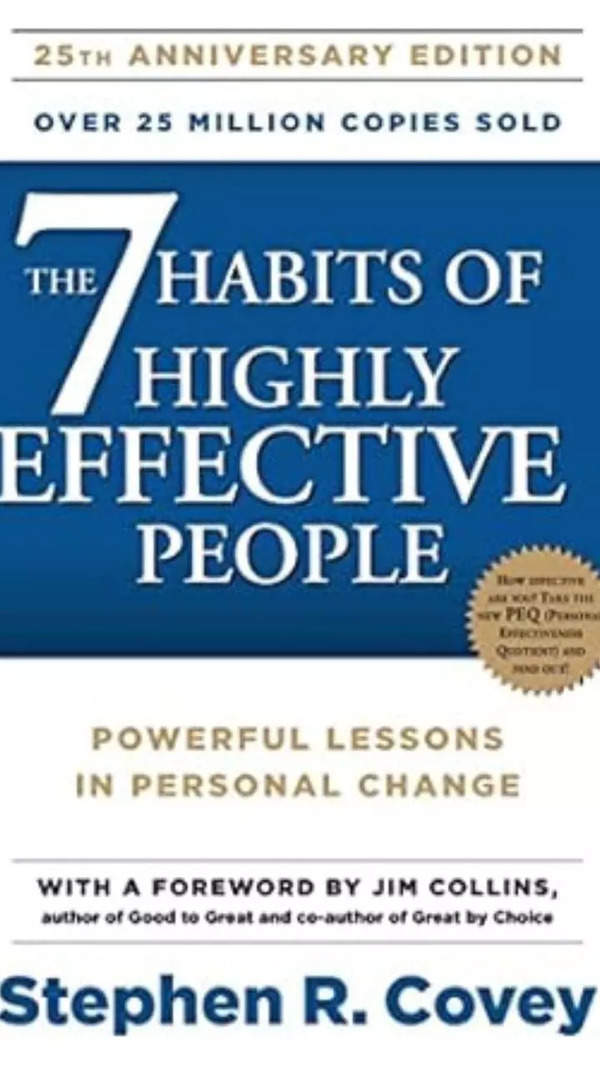- News
- Technology News
- Tech Tips News
- Solar Eclipse on March 29: Timings, visibility, how to watch and what not to do
Trending
Solar Eclipse on March 29: Timings, visibility, how to watch and what not to do
On March 29, 2025, a partial solar eclipse will occur with visibility in regions such as Europe, Asia, and North America. The event will start around 4:50 a.m. EDT in the US and 2:20 p.m. IST in India, peaking mid-way through. Safety precautions must be taken during the eclipse.
A solar eclipse is set to occur on March 29, 2025, during which the Moon will partially obscure the Sun. This eclipse will be the first solar eclipse of 2025. The second solar eclipse of 2025 will occur on September 21. According to US space agency NASA, the partial solar eclipse on March 29, 2025, will be visible across various regions, including parts of Europe, Asia, Africa, North America, South America, and the Arctic. Here’s everything you need to know about 2025’s first solar eclipse
Solar eclipse on March 29 timings in US and India
- United States: The eclipse will begin at around 4:50 a.m. EDT. It will peak at 6:47 a.m. EDT, and end at 8:43 a.m. EDT.
- India: The eclipse will start at around 2:20 p.m. IST, reaching its peak at 4:17 p.m. IST. It will end at 6:13 p.m. IST.
Solar eclipse on March 29 places to witness
Similarly, in New York, the eclipse is expected between 6:35 a.m. and 7:12 a.m., while in Massachusetts, it will occur from 6:27 a.m. to 7:08 a.m. In Europe, countries such as Iceland, Greenland, and parts of western Europe and the Scandinavian Peninsula will have favorable viewing conditions.
What is a partial solar eclipse
As mentioned above, the eclipse on March 29 will be a partial solar eclipse.
A partial solar eclipse occurs when the Moon comes between the Sun and Earth but only partially covers the Sun's disk. This alignment causes the Sun to appear as if a portion has been taken out of it, resembling a crescent shape. Unlike a total solar eclipse, where the Moon completely obscures the Sun, the Sun is never completely covered during a partial solar eclipse.
During a partial solar eclipse, the Moon's darkest shadow, the umbra, does not reach Earth. Instead, only the penumbra, or partial shadow, covers part of the Sun, causing it to appear partially obscured.
Safety Measures for viewing partial solar eclipse
For those unable to view the eclipse directly, various organizations and observatories will provide live streams and detailed coverage of the event.
End of Article
Latest Mobiles
FOLLOW US ON SOCIAL MEDIA





















